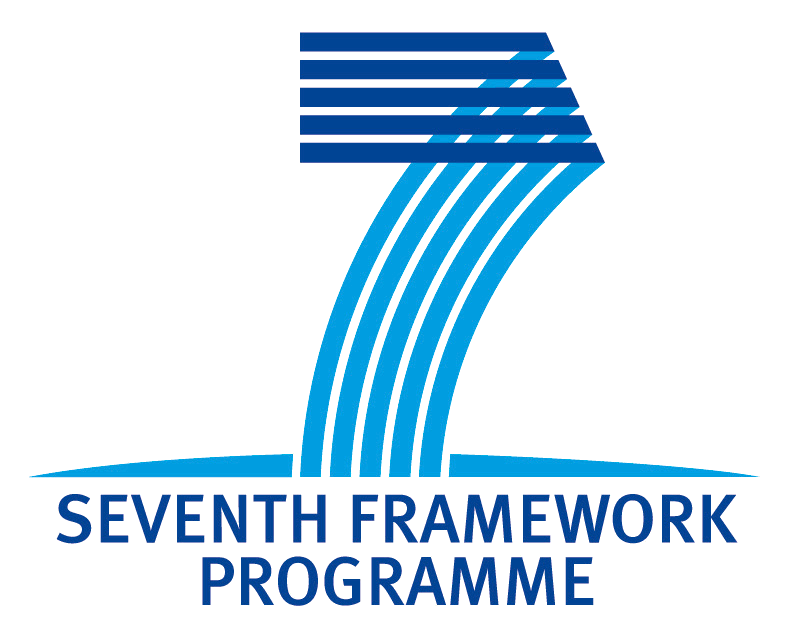Translator's Tools
Use of resources
-
Node Budgeted Period 1 Period 2 Period 3 (est) UGOT 12 0 AS:1.5 X UHEL 30 0 X X UPC 4 0 2 X Ontotext 10 0 X X BI UZH
Objectives
The objectives are to:
(i) build an API for practical translation and production of multilingual documents; (ii) web- based front-end to the multilingual translators; allowing (iii) translation, example-based grammar authoring, syntax edition, context-sensitive word completion, and multilingual ontology-based lexicon building.
Description of work
The standard working method in current translation tools is to work on the source and translation as a bilingual text. Translation suggestions are sought from TM (Translation Memory) based on similarity, or generated by a MT system, are presented for the user to choose from and edit manually. The MOLTO translator tool extends this with two additional constrained-language authoring modes, a robust statistical machine translation (UPC) mode, plus vocabulary and grammar extension tools (UGOT), including:
- (i) mode for authoring source text while context- sensitive word completion is used to help in creating translatable content;
- (ii) mode for editing source text using a syntax editor, where structural changes to the document can be performed by manipulating abstract syntax trees;
- (iii) back-up by robust and statistical translation for out-of-grammar input, as developed in WP5;
- (iv) support of on-the- fly extension by the translator using multilingual ontology-based lexicon builder; and
- (v) example-based grammar writing based on the results of WP2.
The WP will build an API (D3.1, UHEL) and a Web-based translator tool (D3.2, by Ontotext and UGOT). The design will allow the usage of the API as a plug-in (UHEL) to professional translation memory tools such as SDL and WordFast. We will apply UHEL’s ContentFactory for distributed repository system and a collaborative workflow for multilingual terminology.
What links here
No backlinks found.


